Antioxidant rich foods
As seen earlier the role of antioxidants is to neutralize, or “stop,” free radicals from doing damage to your body.
Lets have a look at the different types of antioxidant available and the benefits they offer:-
Types of Antioxidants
Antioxidant Nutrients
Antioxidants from our diet appear to be of great importance in controlling damage by free radicals. Each nutrient is unique in terms of its structure and antioxidant function.
Vitamin A and Carotenoids
Beta-carotene is also especially excellent at scavenging free radicals in low oxygen concentration.
Carrots, squash, broccoli, sweet potatoes, tomatoes, kale, collards, cantaloupe, peaches and apricots (bright-colored fruits and vegetables).
Vitamin C
It scavenges free radicals that are in an aqueous (watery) environment, such as inside your cells. Vitamin C works synergistically with vitamin E to quench free radicals. Vitamin C also regenerates the reduced (stable) form of vitamin E.
Citrus fruits like oranges and lime etc, green peppers, broccoli, green leafy vegetables, strawberries and tomatoes.
Vitamin E
Vitamin E is a fat-soluble vitamin and antioxidant. That means it is absorbed by the fat, or lipids, in your cells. It’s quite the “fat-loving” antioxidant. Vitamin E helps to protect the cell’s outer protective barrier from free radicals.
Nuts & seeds, whole grains, green leafy vegetables, vegetable oil.
Selenium
It is a mineral that we need to consume in only very small quantities, but without which we could not survive. It forms the active site of several antioxidant enzymes including glutathione peroxidase.
Similar to selenium, the minerals manganese and zinc are trace elements that form an essential part of various antioxidant enzymes.
Fish & shellfish, red meat, grains, eggs, chicken and garlic.
Some common phytochemicals
Phytochemicals are nonessential nutrients, meaning that they are not required by the human body for sustaining life, but are non-nutritive plant chemicals that have protective or disease preventive properties.
Some of the well-known phytochemicals are:
Flavonoids / polyphenols :-Flavonoids are polyphenolic compounds that are ubiquitous in nature and are categorized according to chemical structures into flavones, flavonols, isoflavones.
soy, red wine, purple grapes, pomegranate, cranberries, tea.
Lycopene – Lycopene is a bright red carotene and carotenoid pigment and phytochemical found in tomatoes and other red fruits and vegetables.
Tomato and tomato products,pinkgrapefruit, watermelon.
Lutein– Lutein is a yellow-to-orange pigment or phytochemical found mostly in plants.
dark green vegetables such as kale, broccoli, kiwi, brussels sprout and spinach.
Lignan are a group of chemical compounds found in plants. Lignans are one of the major classes of phytoestrogens, which are estrogen-like chemicals.
Flax seed, oatmeal, barley, rye
Vitamin-like Antioxidants
Coenzyme Q10 or ubiquinone, which is essential to energy production and can also protect the body from destructive free radicals.
Rich sources -meat, poultry, and fish, soybean and canola oils, and nuts.y
Moderate sources – Fruits, vegetables, eggs, and dairy products.
Glutathione “Without glutathione, other important antioxidants such as vitamins C and E cannot do their job adequately to protect your body against disease.”

Although, glutathione(GSH) is not found in foods, the following foods do help your body to make more Glutathione(GSH) and therefore, boost your body’s GSH levels.
Avocado, asparagus, broccoli, garlic, raw eggs, spinach
tomatoes, also curcumin (turmeric) and even fresh unprocessed meats.
Antioxidant enzymes made by the body.
The antioxidant enzymes serve as your primary line of defense in destroying free radicals. Together, they repair oxidized DNA, degrade oxidized protein, and destroy oxidized lipids (fat-like substances that are a constituent of cell membranes)
superoxide dismutase (SOD)
catalase,glutathione peroxidase
Eat a variety of food to get the best possible antioxidant effect.
Watch out next for Steps to Maximize the Benefits of Antioxidants and how much do u need!!!!!!







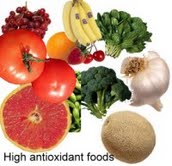
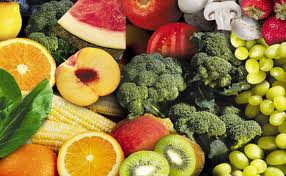
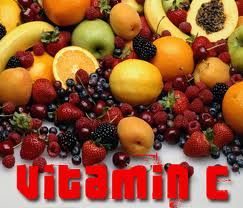
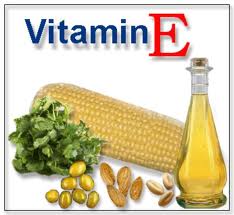
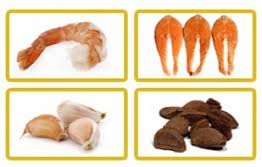
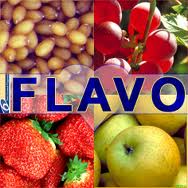
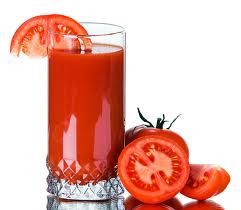
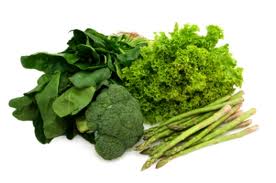
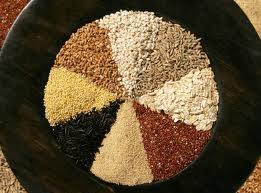
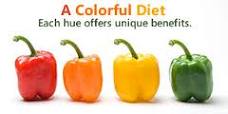
It’s exhausting to find knowledgeable people on this topic, but you sound like you know what you’re speaking about! Thanks
I visited multiple websites but the audio quality for audio songs existing at this
site is genuinely excellent.